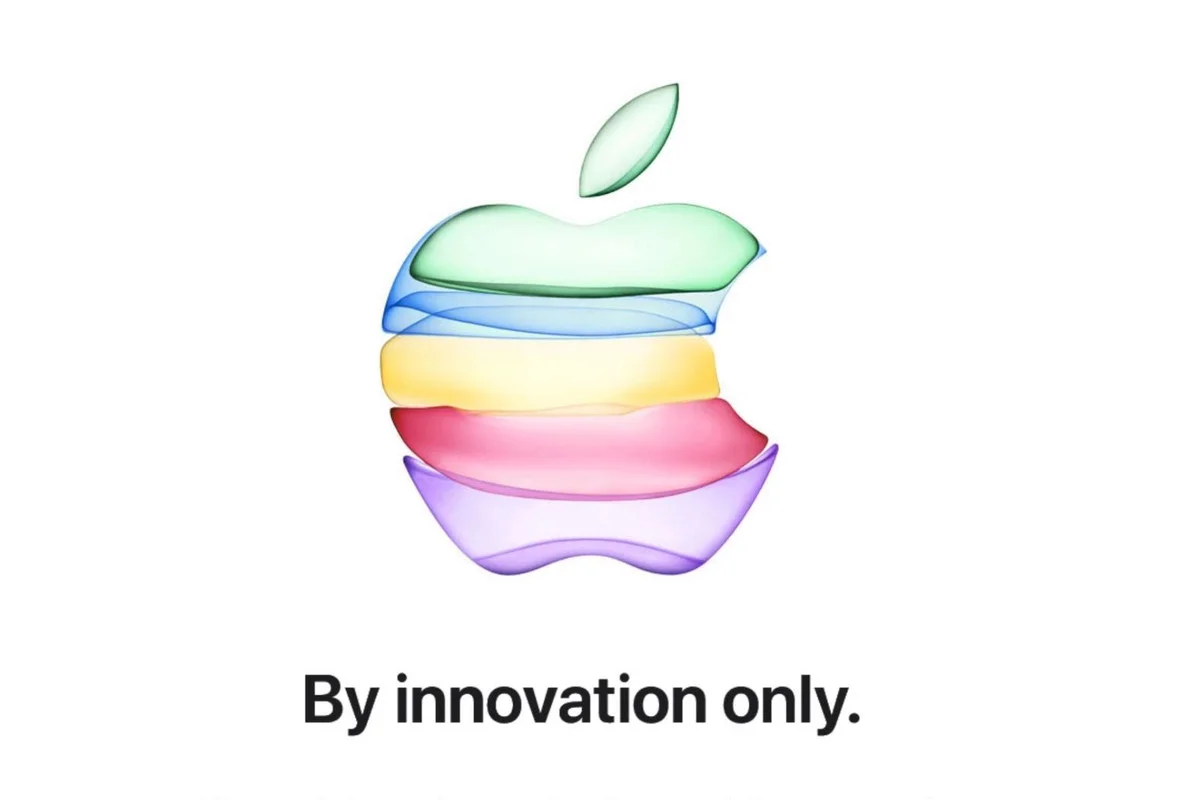iPhone 11 Preview: An Analyst’s Perspective
As Apple launches its next round of mobile hardware, it has two distinctly different challenges:
· China accounts for 17% of Apple’s sales overall, and, aside from India, is the market with the most room for growth. However, Apple needs Chinese consumers to treat the iPhone as a preferred premium brand at a tricky geopolitical moment. Over the past year, Huawei’s growth inside China has come at least partly at Apple’s expense. Huawei’s premium smartphone, laptop, and tablet sales have been surging inside China partly based on nationalism as a response to the trade war with the U.S. and specific U.S. government actions against Huawei. Of course, it isn’t just political sentiment driving Huawei’s sales – in key respects, Huawei’s products have leapt ahead of everyone. The Huawei P30 Pro’s camera has extraordinary low light and zoom capabilities. To compete, Apple needs to match Huawei’s camera improvements and communicate the value of the iOS ecosystem with accessories, apps, and services uniquely suited for the Chinese market.
· Outside China, Apple’s biggest competitor is not Huawei or Samsung, but itself. Smartphones are mature, Apple customers are generally loyal, and Apple supports its phones longer than rivals. The big challenge is getting consumers to upgrade their iPhones this year rather than waiting. Apple has done a masterful job of reducing reliance on regular hardware upgrades by adding hot accessories and rolling out complementary services, but iPhones do still make up nearly 50% of the company’s revenues.
Apple cannot fully solve either problem, but it should close the gap somewhat with new phones next week.
While the most expensive 2017 iPhone (the iPhone X) was the best seller that year, in 2018, the “mid-priced” iPhone XR was the volume leader. This is partly because, yes, $1000 phones are expensive, but also because some people upgraded a bit earlier and were willing to spend more to get the iPhone X’s new form factor in the prior year. Some of those iPhone X users are due for a two-year upgrade, but consumers now keep their phones for nearly three years. This is a tricky year for Apple to try to pull people in for early upgrades. The form factor is not expected to change, and the earliest we are likely to see a 5G iPhone is next fall. 5G networks are just being rolled out, so not having a 5G model when there are barely any networks for them to run on is not a big impediment today. But it also means that some consumers considering an upgrade will choose to wait another year.
For those on the fence about updating now, Apple can entice upgraders with a night mode for the camera, new wide angle and zoom optics, innovative video editing software, and improved Face ID. (Face ID is great head-on, but if it can recognize users at sharper angles, such as while lying in bed, that feature alone would justify buying a new phone for me.) The rumor mill expects Apple to launch three 4G iPhones in 2019: a base model and two Pros. Apple can greatly simplify its lineup and naming by calling the base model the iPhone 11, and making the two Pro models identical other than size. Variable refresh rate displays on the Pro models would also be a strong inducement to upgrade. However, the point of a Pro designation is price differentiation (i.e., keeping ASPs up by giving people willing to pay more something more to buy), not sales volumes.
I do not expect to see an updated iPhone SE at this event, though if Apple builds one, it can unlock another part of the upgrade and switcher markets: all the people who have held off buying phones that are bigger than their hands.
Iterative improvements often drive more sales than analysts expect, but even Apple knows it won’t get record numbers of people to buy a new iPhone every year. Therefore, Apple will also be highlighting ways to make owning an older iPhone more profitable, with Watches, AirPods, apps, credit cards, and subscription music, games, and TV. All these efforts must have China-specific variations to resonate in that country. But the biggest potential boost in China is out of Apple’s hands: what Apple really needs is for the Chinese government to signal that buying Apple products – which support hundreds of thousands of jobs inside China – is a patriotic act, too.
Techsponential’s Avi Greengart will be at the Apple event live on September 10. Clients and press are encouraged to reach out for immediate reactions and analysis.

